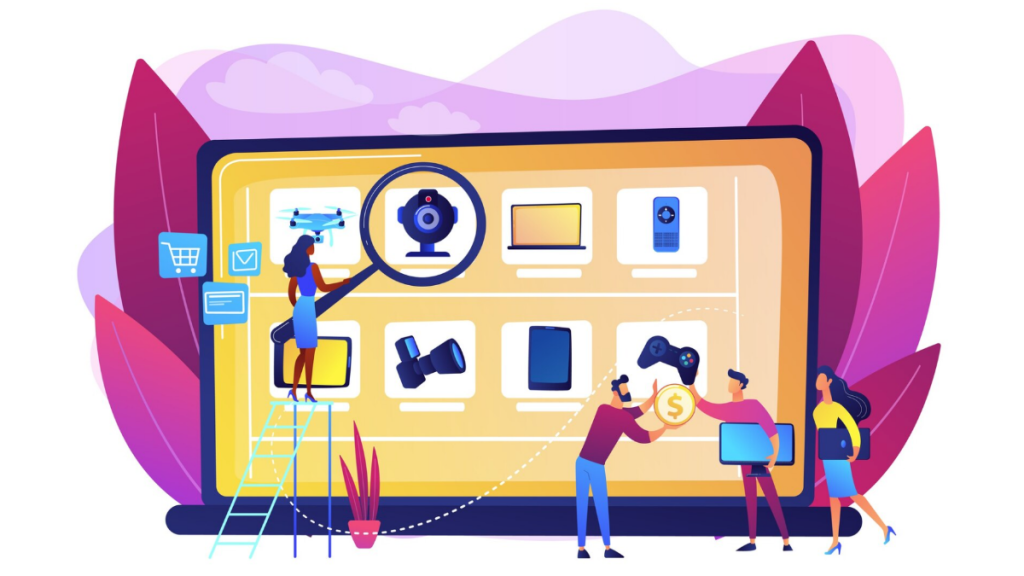Consumers’ worlds have become filled with more and more advertising over the last decade. The ways businesses can reach their audience and sell their products are increasing. However, this also means there is a lot of media clutter from a consumer’s perspective.
For the best chances of success, marketers need to be creative in their approach. Creating a marketing strategy that’s personalized to your audience will help your brand cut through the noise. To develop personalized content you need to focus on the common behaviors among your audience. Once you’ve gathered the data, use these characteristics to inspire the creation of your campaigns.
There are many techniques you can use to personalize content and strategy to your customers. With digital marketing channels, there are several ways to diversify your content and cater to your key consumer groups. By utilizing any of the following tactics, you are sure to create an approach that will encourage engagement from your audience.
Segmentation
When you have a whole database of consumers, it may be tempting to put your content in front of everyone. Whether it be sending an email to an entire database or scheduling content across social channels, making your strategy generic won’t do you any favors. It’s best to be more tailored in your approach.
Using data from analytics or predictive audiences will give a better glimpse at buyer characteristics and behavior including product interests, age groups, and purchase probability. Analyzing consumer behavior will help you target those who are most likely to engage with your campaigns. Once you’ve reviewed your consumer base, you can split the audience into separate characteristic categories.
For instance, if you have consumers who buy more beauty products than average, you may choose to target that group for special beauty promotions. For your social media strategy, you can create content that best appeals to followers across different social media platforms. Your LinkedIn audience will differ vastly from your Instagram or TikTok audiences, so being intentional about where to share campaigns will help you be more strategic in your planning.
Creative Versioning
For special promotions of your business, you may feel the need to get the same message in front of all your followers. Even in these cases, you can still personalize your content to be relevant to your audience. Building off of your segmentation strategy, personalize your marketing by creating different versions for each category of your audience. For email campaigns, you can create variable content blocks that will only be visible to targeted consumer groups.
Similar strategies may be used with paid social media tactics as well by dedicating different ads to targeted groups. Instead of paying for advertising across a broad range, create content based on specific traits like gender, location, and interests. Diversifying your content in this matter will help you better grab the attention of your audience.
Chatbots
One way that web services have introduced personalization to their marketing strategy has been the integration of chatbots into websites and other online experiences. This AI feature allows companies to give more personalized assistance. Not only do these virtual assistants resemble a human conversation, but they will also provide solutions for product issues. This often saves a customer from having to make a phone call or write an email.
Many businesses use chatbots for common experiences among their web visitors as well, such as return processing or questions about their orders. Businesses with a B2B focus often use chatbots to collect potential client information from visitors and create a direct link to a company representative. This type of personalization boosts customer service, especially for brands that don’t have the bandwidth for a dedicated response team.
In-Store Experiences
When discussing technological possibilities, it’s easy to forget some of the advantages that in-store experiences can have on shoppers. If your business has a storefront, you can create experiences that are geared toward your most loyal customers. A great example of this is sales events with special offers that are only available for members of your loyalty program. You may also choose to host an event that’s relevant to pop culture, like special sporting or music events, getting the attention of big fans in your audience.
Personalization isn’t limited to your special events. Creating a loyalty program that provides in-store benefits will motivate your recurring consumers to shop in-person. Even focusing on basic soft skills will make the space more welcoming. Learning the names of your regular customers is a great way to personalize the experience and make people feel more welcome. Ask your guests what brought them into the store and provide recommendations that will fit their needs. Catering to those in your store will leave a great impression and motivate them to revisit.
It’s About the Connection
Consumers are captivated when they see content relevant to their needs and interests. Your audience will become more engaged when your campaigns promote topics that interest them the most. Creating personalized content also helps your biggest supporters feel more connected to the brand. It can even encourage loyalty.
Tailoring your approach to your most engaged audiences will allow you to make the most out of your marketing efforts. Through segmentation, creative versioning, in-person experiences, and the use of AI, you can make a better impression on those following your business.

